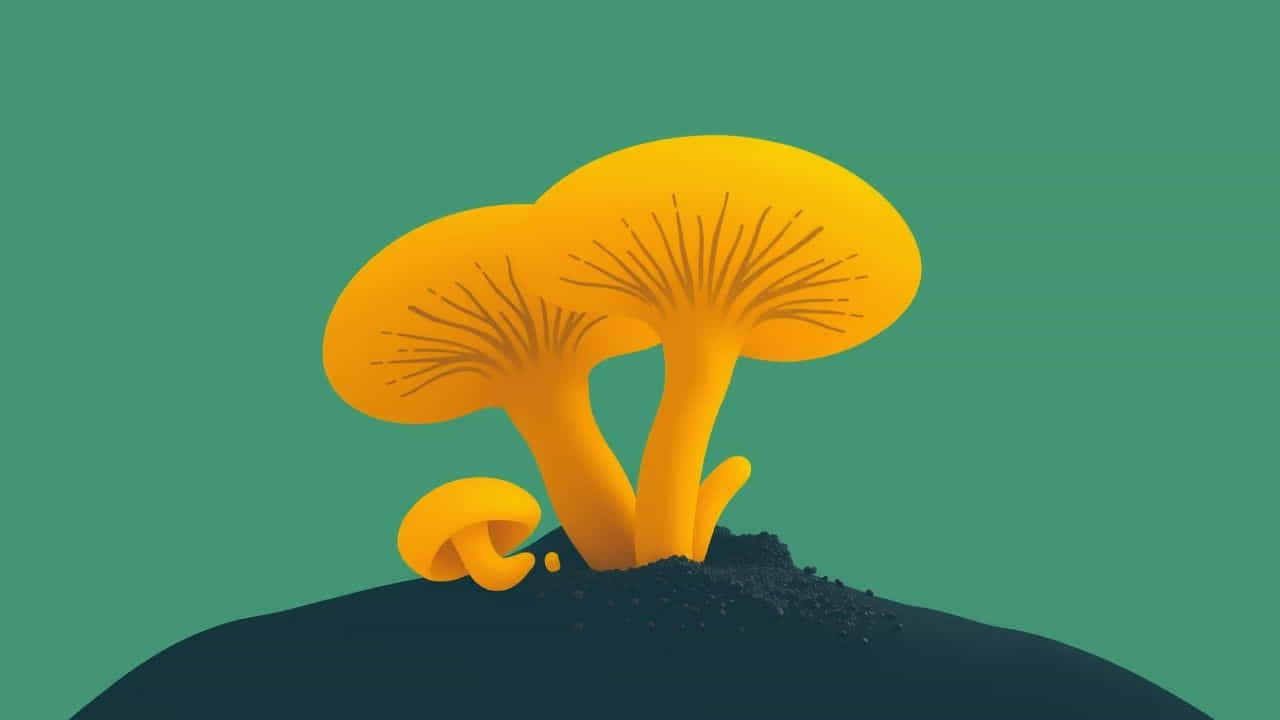Yeast is a unicellular fungus that plays a vital role in nature and various industries. It is classified as a saprophytic organism, meaning it obtains nutrients by breaking down dead or decaying organic matter. This unique ability allows yeast to contribute to decomposition, fermentation, and food production.
This topic explores the saprophytic nature of yeast, how it functions, and why it is beneficial to both nature and humans.
What Does It Mean to Be Saprophytic?
A saprophyte is an organism that feeds on dead and decaying organic matter. These organisms release enzymes to break down complex substances into simpler forms, which they then absorb for energy.
Common examples of saprophytes include:
-
Fungi (like yeast and mushrooms)
-
Certain bacteria
-
Some protozoa
Saprophytes play a crucial role in ecosystems by decomposing organic material and recycling nutrients.
Why Is Yeast Considered Saprophytic?
Yeast does not produce its own food like plants. Instead, it absorbs nutrients from its surroundings by breaking down organic material. It thrives in environments rich in sugars and organic matter, such as fruits, grains, and decomposing plant material.
How Yeast Obtains Nutrients
-
Secretion of Digestive Enzymes
- Yeast releases enzymes, such as invertase and maltase, to break down complex carbohydrates into simpler sugars.
-
Absorption of Nutrients
- Once the organic material is broken down, yeast absorbs the smaller molecules and converts them into energy.
Respiration in Yeast: How It Produces Energy
Yeast can produce energy through two types of respiration:
1. Aerobic Respiration (With Oxygen)
-
When oxygen is present, yeast completely breaks down glucose into carbon dioxide and water, releasing a large amount of energy.
-
This process is used in bread-making, where carbon dioxide helps the dough rise.
Equation:
2. Anaerobic Respiration (Fermentation, Without Oxygen)
-
In the absence of oxygen, yeast performs fermentation, producing ethanol and carbon dioxide instead of water.
-
This process is essential in beer, wine, and biofuel production.
Equation:
The Role of Yeast in Decomposition
As a saprophytic organism, yeast contributes to organic matter decomposition in various ways:
-
Breaks down dead plant material, helping recycle nutrients into the environment.
-
Assists in composting, accelerating the breakdown of organic waste.
-
Improves soil quality, making nutrients available for plant growth.
Applications of Yeast’s Saprophytic Nature
1. Food Industry
-
Bread Making: Yeast ferments sugar, producing carbon dioxide, which makes dough rise.
-
Alcohol Production: Yeast converts sugar into ethanol, creating beer, wine, and spirits.
2. Waste Management and Biofuel Production
-
Yeast helps break down organic waste in composting and recycling.
-
It is used to produce bioethanol, a renewable fuel source.
3. Medicine and Biotechnology
-
Yeast produces antibiotics, vitamins, and enzymes used in medicine.
-
It is used in genetic engineering to develop new drugs and vaccines.
Is Yeast Always Beneficial?
While yeast is useful, some harmful yeast species exist:
-
Candida albicans: Causes infections in humans when it grows uncontrollably.
-
Excess yeast in the gut: Can lead to digestive problems and bloating.
Yeast is saprophytic in nature, meaning it thrives on organic matter decomposition. This ability makes it essential for food production, fermentation, waste management, and medicine. While mostly beneficial, some yeast species can cause health issues if overgrown. Understanding yeast’s role in nature and industry helps us appreciate its importance in sustaining life and innovation.
“
